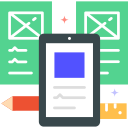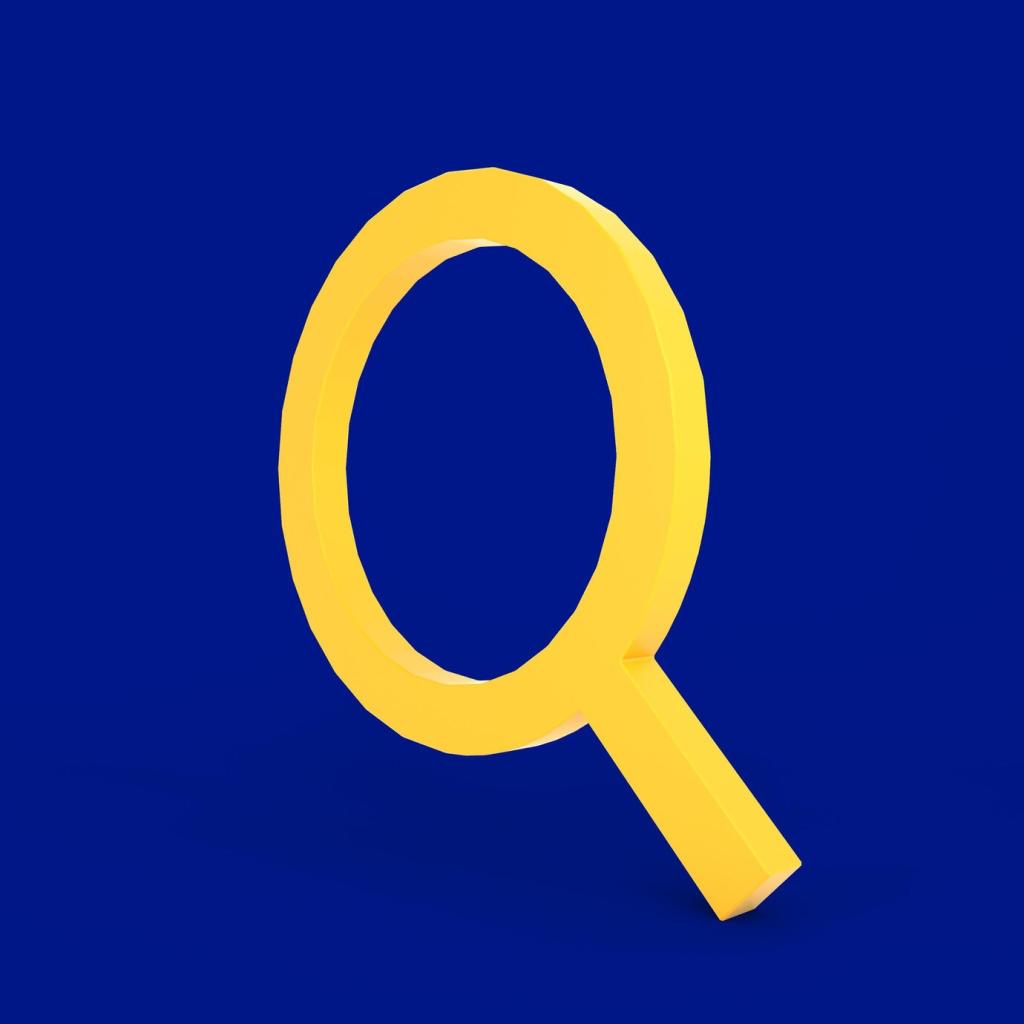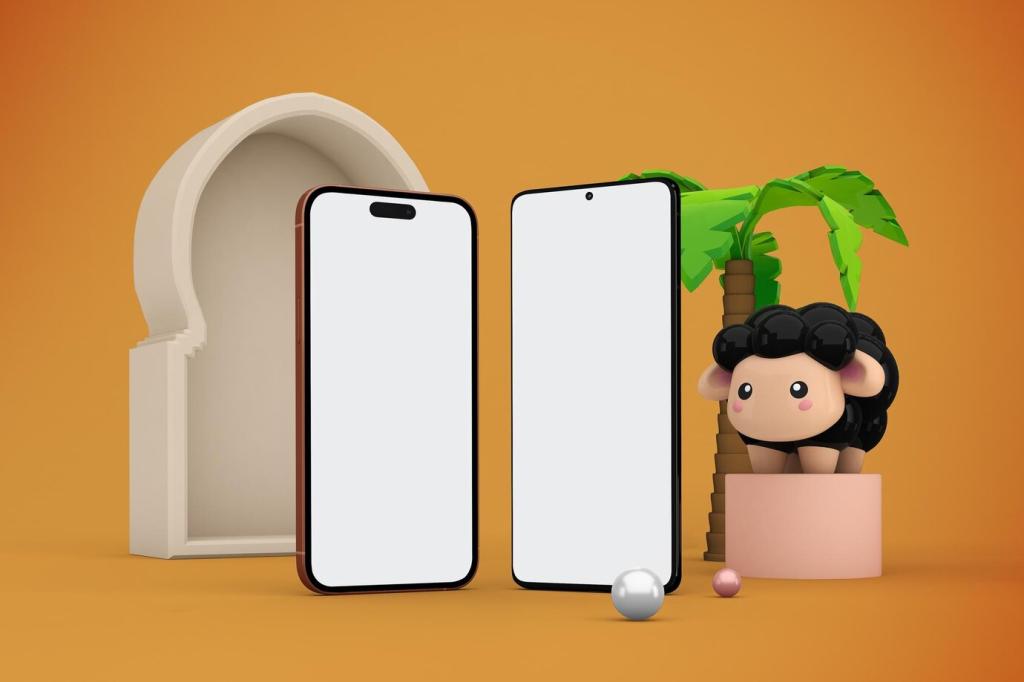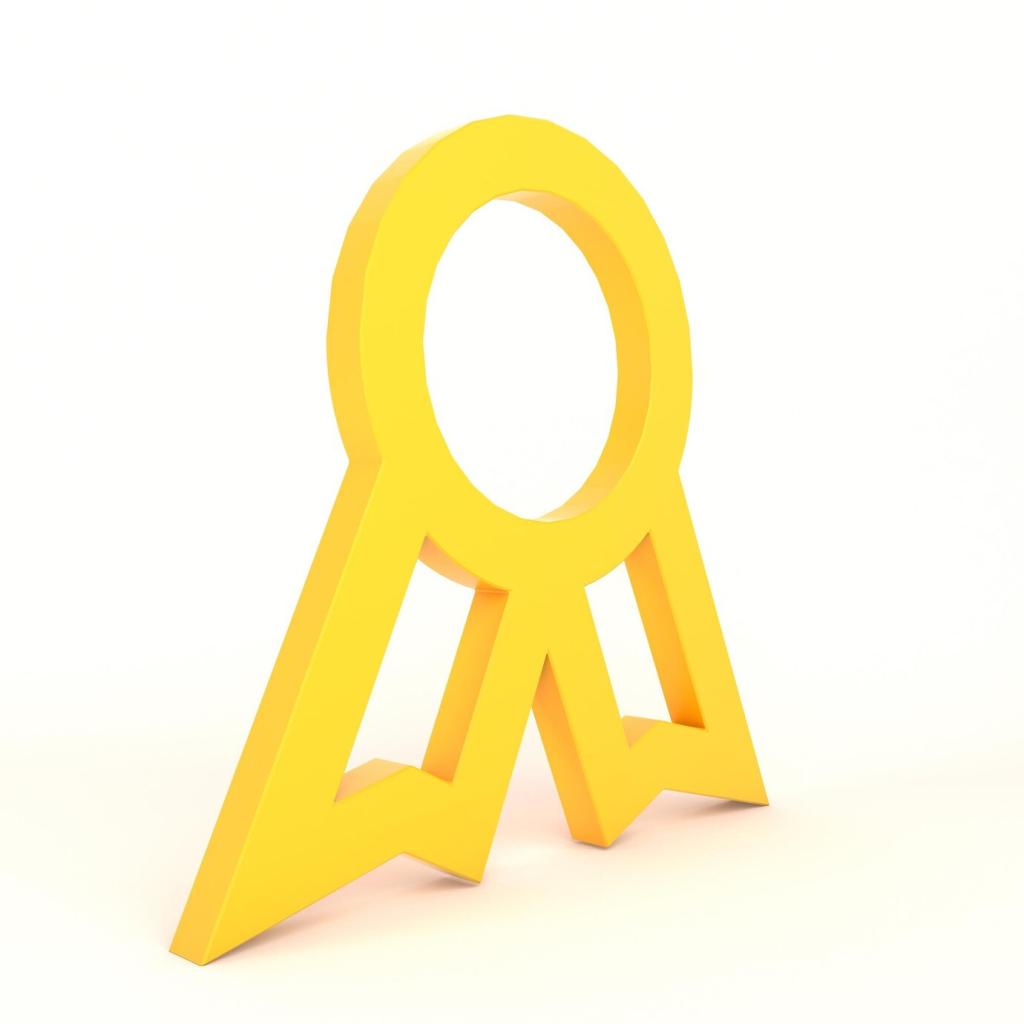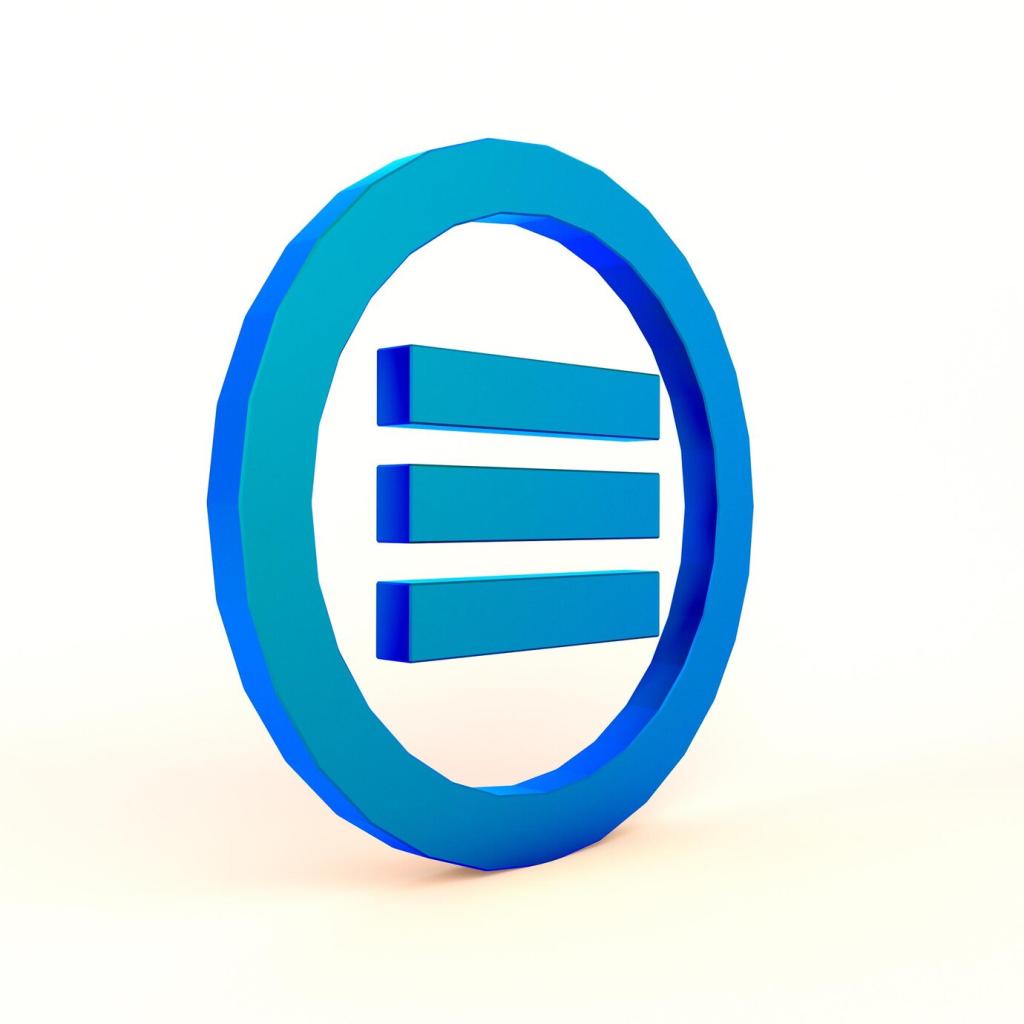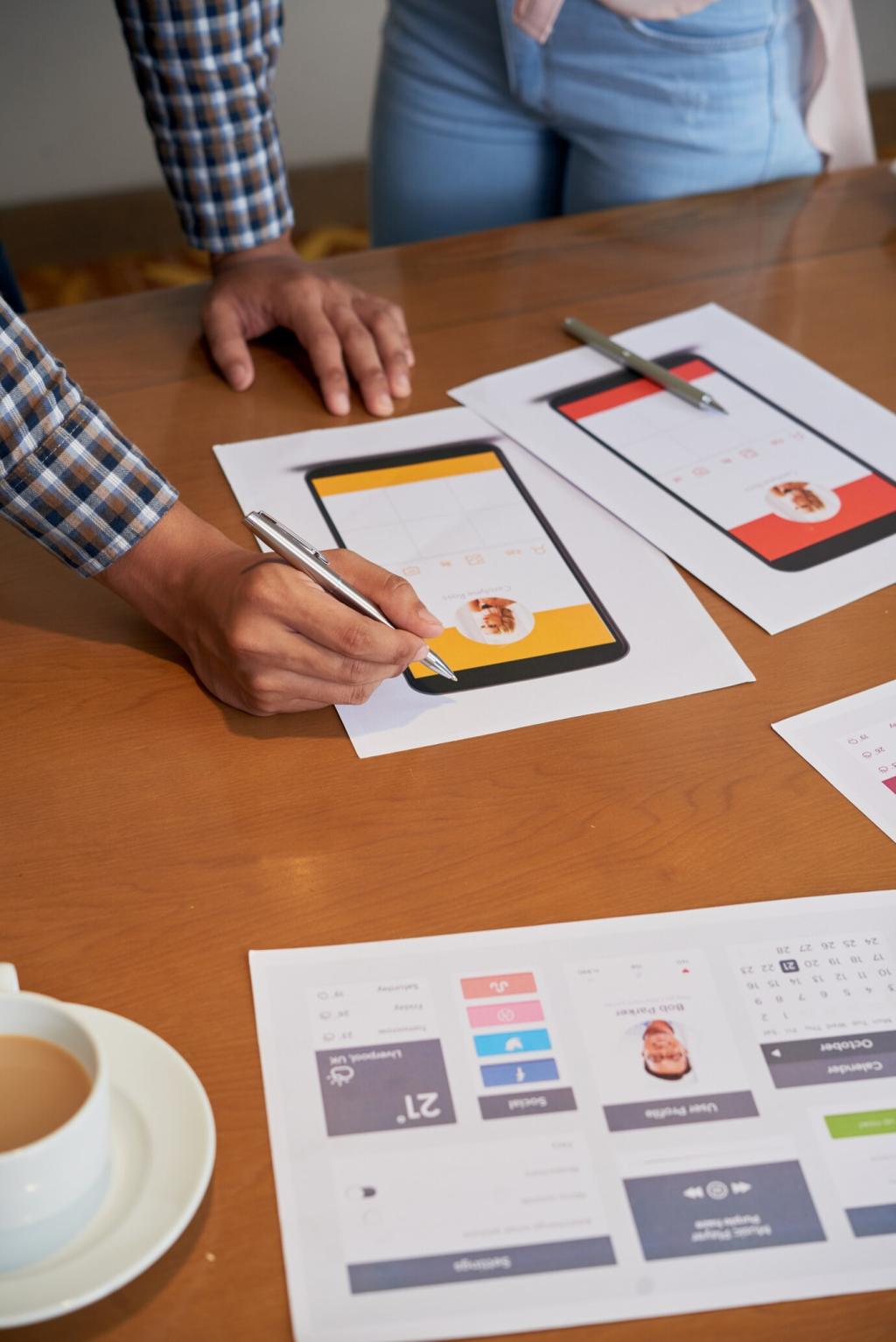Build a Culture of Continuous Usability Testing
Plan a recurring usability slot, even for ten-minute micro-tests. Add a checklist to pull requests for touch targets and error clarity. Post your sprint rhythm, and we’ll suggest a matching test cadence that respects deadlines without sacrificing learning or product health.
Build a Culture of Continuous Usability Testing
Train designers, PMs, and engineers to observe without leading. Share scripts, consent forms, and note templates. Centralize findings in a searchable repository. Tell us which tool you store insights in, and we’ll share a tagging system that scales across squads and quarters.
Build a Culture of Continuous Usability Testing
Create short highlight reels showing before-and-after changes, including one-handed use under real conditions. Recognize contributors who spot issues early. Ask leaders to endorse the practice publicly. Share a win you’re proud of, and we’ll feature it in a future community roundup.
Build a Culture of Continuous Usability Testing
Lorem ipsum dolor sit amet, consectetur adipiscing elit. Ut elit tellus, luctus nec ullamcorper mattis, pulvinar dapibus leo.
